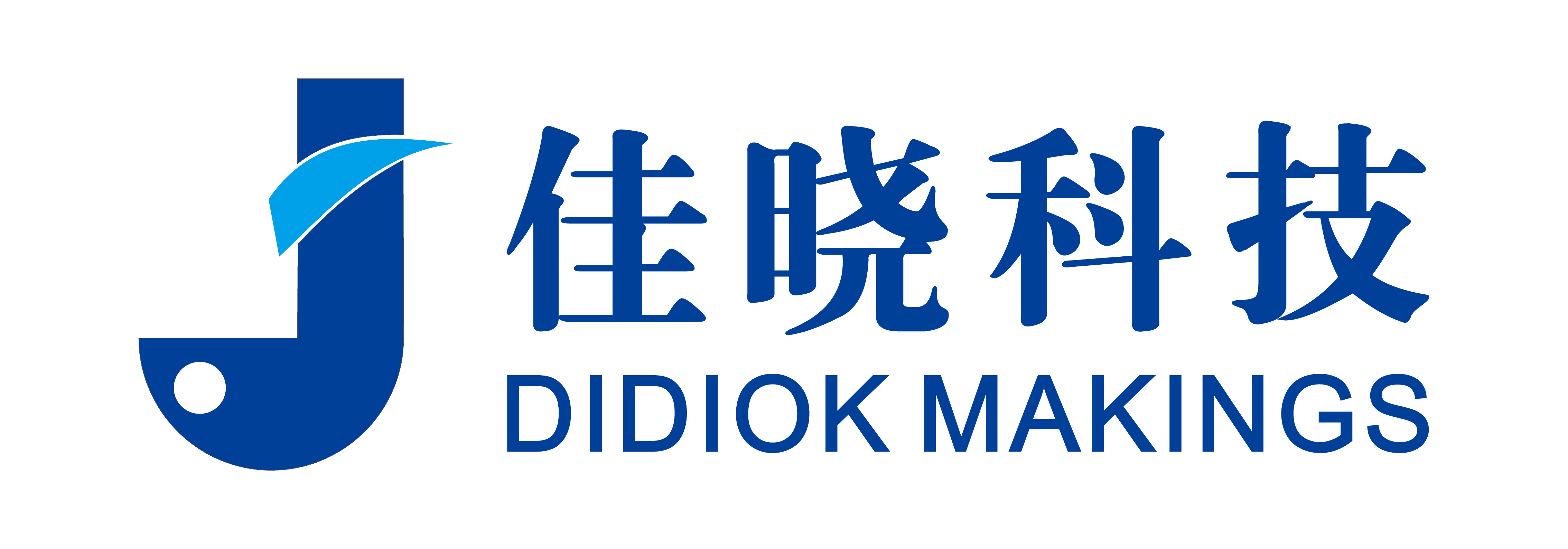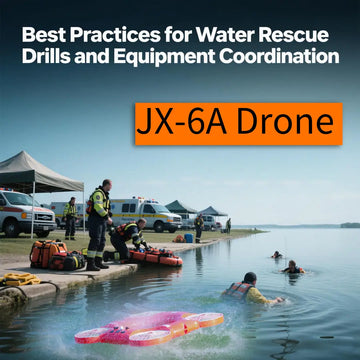In the realm of emergency response, water rescue drills are not just routine exercises—they are vital simulations that can mean the difference between success and failure in real-world crises. As the frequency of floods, tsunamis, and water-related accidents rises globally, organizations from coast guards to fire departments and disaster response NGOs must ensure their teams are trained, equipped, and coordinated effectively.
This blog highlights the best practices for conducting water rescue drills and optimizing equipment coordination, ensuring maximum preparedness, safety, and efficiency in critical operations.
1. Start with Scenario-Based Planning
The most effective water rescue drills are built around realistic scenarios based on local risk profiles:
-
Urban flash flooding
-
River or dam accidents
-
Offshore vessel emergencies
-
Flooded residential evacuations
By designing drills around these plausible incidents, teams can simulate time pressures, access limitations, and victim behavior—leading to more meaningful training outcomes.
2. Integrate Multi-Agency Participation
Disasters rarely involve a single response unit. That’s why the best drills are multi-agency simulations:
-
Fire & Rescue
-
Maritime Police / Coast Guard
-
Civil Defense or Red Cross
-
Local Government & Volunteers
Coordinated drills allow all involved parties to synchronize communication protocols, understand each other's capabilities, and identify operational bottlenecks.
3. Use Smart Equipment with Real-Time Feedback
Modern rescue drills should feature cutting-edge equipment that mirrors actual emergency use:
-
Water rescue drones (like JX-6A) for fast flotation delivery
-
Remote-controlled lifebuoys for precision victim support
-
Wearables and GPS trackers for personnel monitoring
-
Mesh communication devices for areas with poor signal coverage
Using the same smart devices in drills as in real missions ensures rescue teams build muscle memory, and tech is stress-tested under pressure.
4. Establish Equipment Coordination Protocols
Clear roles and responsibilities should be assigned regarding:
-
Who deploys which equipment
-
When to switch from manual to automated tools
-
What backup tools are pre-positioned and where
-
How to maintain continuous power and control signals
Establishing Standard Operating Procedures (SOPs) for equipment handling avoids delays, confusion, and costly errors during real emergencies.
5. Conduct Post-Drill Evaluations and Data Reviews
After the drill, it’s crucial to review performance metrics:
-
Rescue response time
-
Device reliability and range
-
Communication effectiveness
-
Victim recovery time and team safety
Use video footage, GPS logs, and responder debriefs to identify gaps in training or equipment limitations. This data-driven feedback loop helps organizations evolve faster than their risks.
6. Schedule Regular Maintenance & Cross-Training
Water rescue tools require regular inspection and testing, especially:
-
Battery-powered drones or buoys
-
Waterproof electronics
-
Winches, throw ropes, or flotation devices
Additionally, all personnel should be cross-trained on multiple tools to avoid dependence on a single operator. This redundancy ensures operational continuity under pressure.
Final Thoughts: Preparedness Is a Process
Water rescue readiness isn’t just about having the right gear—it’s about using it correctly, coordinating it seamlessly, and maintaining it religiously. A well-designed drill exposes weaknesses, fosters teamwork, and builds confidence.
By following these best practices in your water rescue training protocols, you’ll not only strengthen your team’s effectiveness—you’ll help save more lives when seconds matter most.
Looking to upgrade your water rescue gear for upcoming drills?
Contact us for smart, field-tested solutions trusted by coast guards and emergency response teams worldwide.





